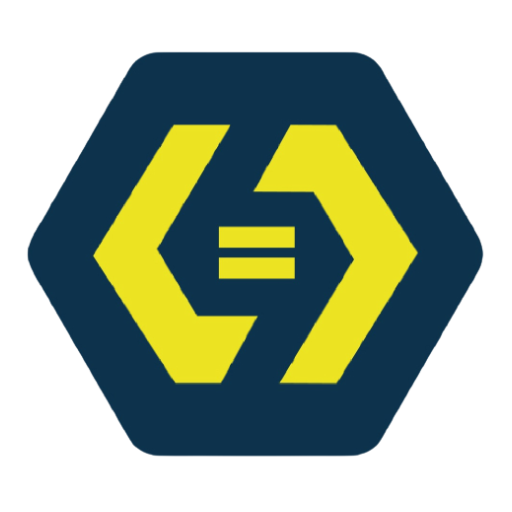PHP, which stands for Hypertext Preprocessor, is a widely used, open-source scripting language designed for web development. It’s embedded within HTML code, allowing you to create dynamic and interactive web pages. Think of PHP as the brain behind your website, handling everything from simple text output to complex database interactions.
Key Features of PHP:
- Server-side scripting: PHP code runs on the server, generating HTML sent to the client’s browser.
- Platform independence: PHP can run on various operating systems like Windows, Linux, and macOS.
- Database compatibility: PHP integrates seamlessly with popular databases like MySQL, PostgreSQL, and SQLite.
- Large community: A vast community of developers contributes to PHP’s growth and provides support.
- Open-source: PHP is free to use and distribute.
<?php
echo "Hello, World!";
?>This simple code demonstrates the basic structure of a PHP script. The <?php tag indicates the start of the PHP code and ?> marks the end. The echo statement is used to output text to the browser.
Why Use PHP?
- Dynamic content: Create web pages that change based on user input, time, or other factors.
- Database interaction: Manage and retrieve data from databases efficiently.
- E-commerce: Build online stores with features like shopping carts and payment processing.
- Web applications: Develop complex web applications with user authentication and session management.
By understanding the fundamentals of PHP, you’ll lay a solid foundation for building dynamic and engaging websites. In the next article, we’ll explore how to set up your PHP development environment.

